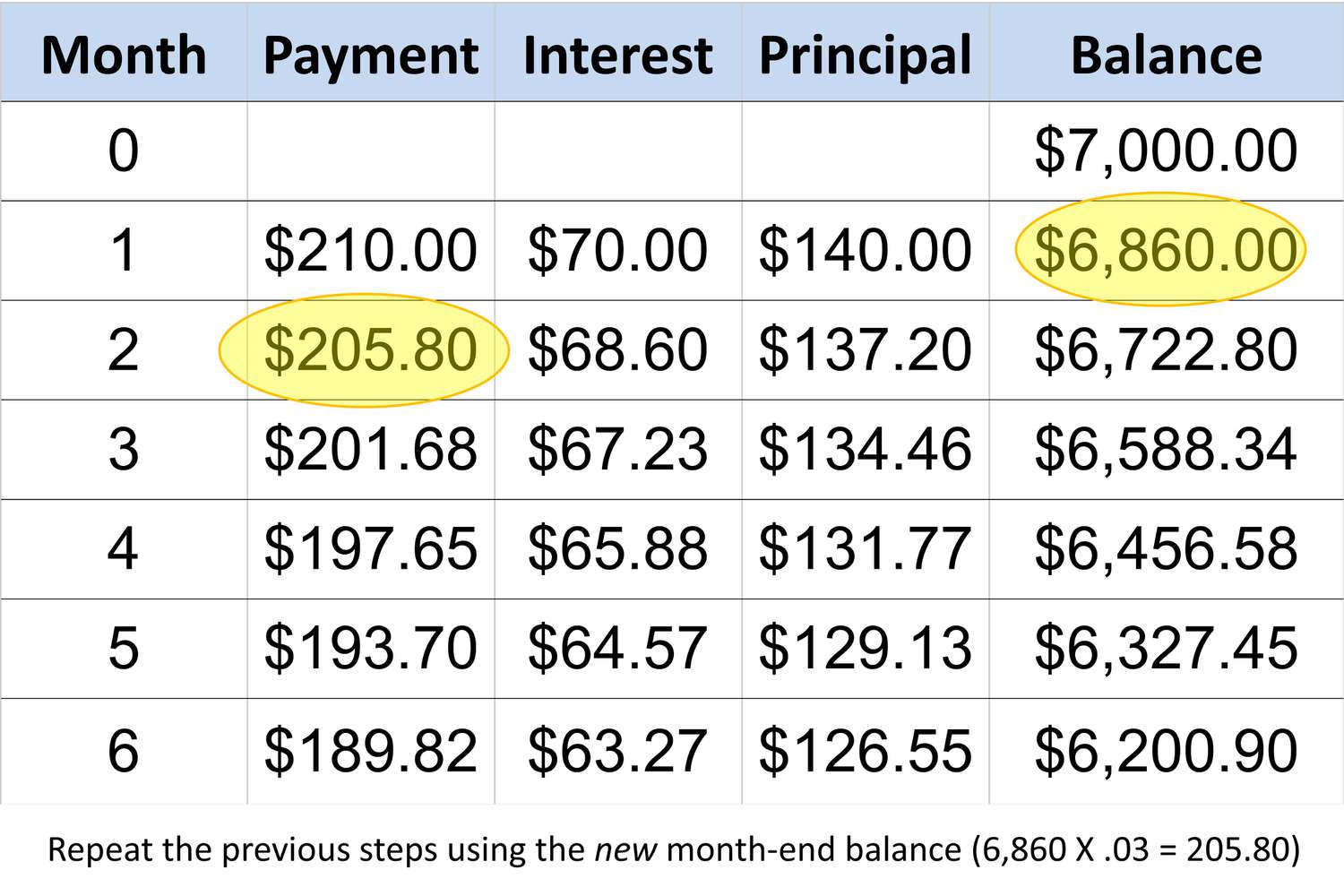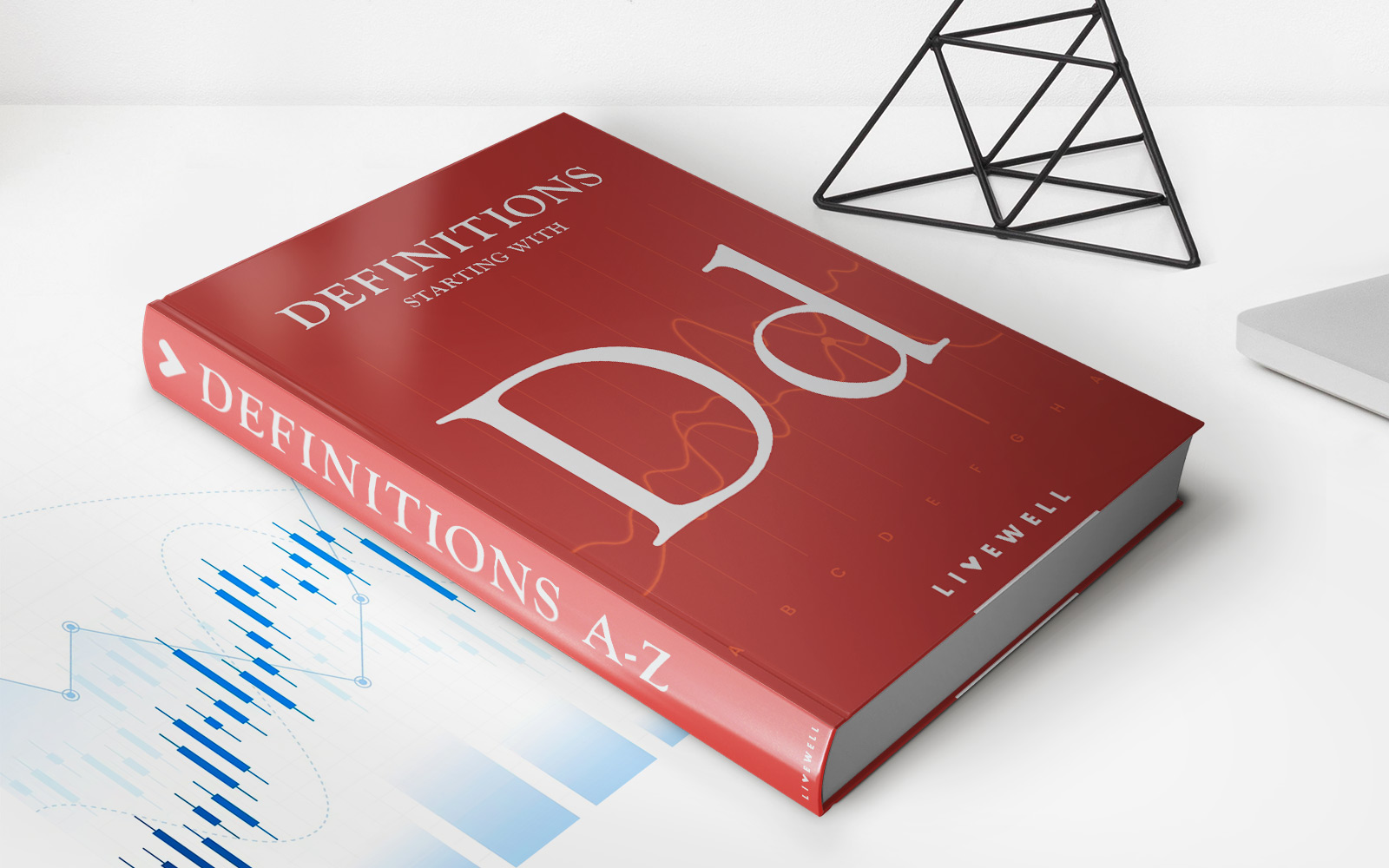Home>Finance>What Would Be The Minimum Payment On A $3000 Credit Card


Finance
What Would Be The Minimum Payment On A $3000 Credit Card
Published: February 26, 2024
Find out the minimum payment for a $3000 credit card and manage your finances effectively. Get expert tips on managing your credit card payments.
(Many of the links in this article redirect to a specific reviewed product. Your purchase of these products through affiliate links helps to generate commission for LiveWell, at no extra cost. Learn more)
Table of Contents
Introduction
Understanding the Basics of Credit Card Minimum Payments
Credit cards have become an integral part of modern-day financial transactions, offering convenience and flexibility for consumers. However, it's crucial to understand the implications of credit card usage, particularly the concept of minimum payments. When you carry a balance on your credit card, the minimum payment is the smallest amount you must pay by the due date to keep your account in good standing. It's essential to comprehend how minimum payments are calculated and the factors that influence them to make informed financial decisions.
The minimum payment on a credit card is typically calculated as a percentage of the outstanding balance, subject to a minimum amount. Understanding the dynamics of this calculation is essential for responsible financial management. In this article, we'll delve into the factors that affect minimum payments and provide a step-by-step guide to calculating the minimum payment on a $3000 credit card balance. By gaining insight into these aspects, you can make informed decisions about managing your credit card debt and avoiding potential pitfalls associated with insufficient payments.
Credit card minimum payments play a significant role in the overall management of your finances. Failing to meet the minimum payment requirement can lead to adverse consequences, including late fees, penalty interest rates, and a negative impact on your credit score. Therefore, it's imperative to have a clear understanding of how minimum payments are determined and the implications of different payment scenarios. This knowledge empowers you to take control of your financial well-being and make strategic choices regarding credit card usage and repayment strategies.
In the following sections, we will explore the intricacies of credit card minimum payments, shedding light on the factors that influence these payments and offering practical insights into calculating the minimum payment on a $3000 credit card balance. By demystifying this aspect of credit card management, we aim to equip you with the knowledge and tools to navigate the world of credit responsibly and proactively manage your financial obligations.
Understanding Credit Card Minimum Payments
When you receive your credit card statement, you may notice a section detailing the minimum payment due. This amount is the minimum sum you are required to pay by the due date to maintain your account in good standing. Understanding the mechanics of credit card minimum payments is crucial for responsible financial management.
Credit card companies typically calculate the minimum payment as a percentage of your outstanding balance. This percentage can vary among issuers but commonly ranges from 1% to 3% of the total balance. Additionally, there is often a minimum dollar amount specified, ensuring that even small balances require a reasonable minimum payment.
It’s important to recognize that while paying the minimum amount keeps your account current, it may not effectively reduce your overall debt. In fact, consistently making only the minimum payment can prolong the time it takes to clear your balance and result in substantial interest charges. This is due to the fact that the remaining balance accrues interest, contributing to a cycle of debt if not addressed proactively.
Furthermore, credit card companies are mandated to disclose the implications of making only the minimum payment on your statement. This information is intended to alert cardholders to the potential long-term consequences of carrying a balance and making minimal payments. By understanding these implications, you can make informed decisions about your repayment strategy and strive to minimize interest costs.
It’s essential to recognize that the minimum payment requirement is designed to ensure timely revenue for the credit card issuer, as it covers a portion of the outstanding balance and any accrued interest and fees. However, to effectively manage your credit card debt and minimize interest expenses, it’s advisable to pay more than the minimum whenever possible. This approach can expedite debt repayment and reduce the overall cost of borrowing.
By gaining a comprehensive understanding of credit card minimum payments, you can navigate the complexities of credit card usage more effectively. In the subsequent sections, we will delve into the factors that influence minimum payments and guide you through the process of calculating the minimum payment on a $3000 credit card balance, empowering you to make informed financial decisions and take control of your credit card debt.
Factors Affecting Minimum Payments
Several factors influence the calculation of minimum payments on credit cards, impacting the amount cardholders are required to pay each month. Understanding these factors is essential for managing credit card debt effectively and making informed financial decisions.
Outstanding Balance: The most significant factor affecting the minimum payment is the outstanding balance on the credit card. Minimum payments are often calculated as a percentage of this balance, typically ranging from 1% to 3% of the total amount owed. As the outstanding balance fluctuates, the minimum payment adjusts accordingly, impacting the required monthly payment.
Interest Rate: The interest rate applied to the credit card balance directly influences the minimum payment. Higher interest rates result in increased finance charges, leading to a higher minimum payment to cover both the interest and a portion of the principal balance. Cardholders with higher interest rates may face larger minimum payment requirements, making it crucial to manage interest costs proactively.
Fee Assessment: Certain fees, such as late payment fees or over-limit fees, can impact the minimum payment. When these fees are added to the outstanding balance, the minimum payment may increase to encompass the additional charges, affecting the total amount due each month.
Credit Card Terms: The specific terms and conditions of the credit card agreement can dictate the minimum payment requirements. Different issuers may have varying policies regarding minimum payments, including the percentage of the outstanding balance and any minimum dollar amounts specified. It’s essential to review the cardholder agreement to understand the minimum payment calculation and ensure compliance with the terms.
Credit Score: In some cases, a cardholder’s credit score may influence the minimum payment. While not a direct factor in the calculation, a lower credit score can result in higher interest rates and fees, leading to increased minimum payment obligations. Maintaining a favorable credit score can contribute to more manageable minimum payments and overall cost savings.
By recognizing these factors, cardholders can gain insight into the dynamics of minimum payments and take proactive steps to manage their credit card debt effectively. In the subsequent section, we will explore the process of calculating the minimum payment on a $3000 credit card balance, providing practical guidance for navigating this aspect of credit card management.
Calculating the Minimum Payment on a $3000 Credit Card
Understanding how the minimum payment on a credit card with a $3000 balance is calculated is essential for managing your financial obligations effectively. To determine the minimum payment, you can follow a straightforward calculation based on the factors influencing minimum payments.
Percentage of Outstanding Balance: Credit card issuers commonly set the minimum payment as a percentage of the outstanding balance. This percentage typically ranges from 1% to 3% of the total amount owed. For a $3000 balance, a 2% minimum payment requirement would result in a $60 minimum payment. It’s important to note that this percentage can vary among different credit card issuers, so reviewing the cardholder agreement is crucial to understanding the specific calculation.
Minimum Dollar Amount: In addition to the percentage-based calculation, credit card companies often impose a minimum dollar amount for the minimum payment. This ensures that even small balances require a reasonable minimum payment to cover interest and a portion of the principal balance. For example, if the minimum payment is set at 2% of the outstanding balance or $25, the cardholder would need to pay the higher of the two amounts, resulting in a minimum payment of $60 for a $3000 balance.
Interest and Fees: It’s important to consider any accrued interest and applicable fees when determining the minimum payment. Interest charges are typically added to the outstanding balance, impacting the total amount owed. Additionally, certain fees, such as late payment fees or over-limit fees, can contribute to the minimum payment requirement, necessitating a comprehensive assessment of the total amount due.
By understanding the factors influencing minimum payments and applying the relevant calculation to a $3000 credit card balance, cardholders can gain clarity on their financial obligations and make informed decisions about managing their credit card debt. It’s crucial to recognize that while the minimum payment keeps the account current, paying more than the minimum whenever possible can expedite debt repayment and minimize interest costs, contributing to long-term financial well-being.
Armed with this knowledge, you can navigate the intricacies of credit card minimum payments confidently, striving to proactively manage your financial responsibilities and minimize the overall cost of borrowing. By staying informed and proactive, you can make significant strides toward financial stability and prudent credit management.














